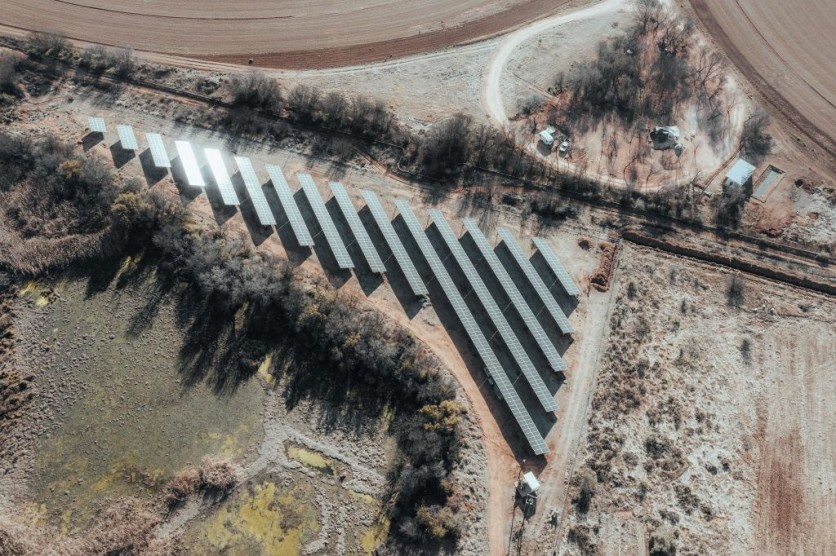The UK Government seems set on banning new solar farms by redefining the most promising sites for building them as prime farmland, according to Interesting Engineering. However, research suggests that solar farms can address more than the climate.

Britain is losing more of its biodiversity since the industrial revolution. The changes to how land is used and the rise of intensive farming have swept away insect-rich wildflower meadows.
In 2017, a review of scientific evidence published by Natural England showed the effect of solar farms on ecosystems. It states that there's not enough research on how solar farms benefit wildlife. However, there were several studies that solar farms can increase plant diversity growing on the site where solar farms are.
It found that solar farms tended to more plant, insect, and bird species compared to equivalent farm fields. Recently, a series of reports illustrated the benefits of solar farms for honeybees, bumblebees, and pollinator populations.
Also Read: 'Solar Rooftops:' Farmers Are Using Distributed Solar Panels On Walls and Roofs To Promote Green Farming
How Solar Farms Can Benefit Plants and Wildlife
Where solar farms are managed in a way that lets flowers grow from April to early autumn, the insects have more places to forage and breed. Solar panels can provide some birds a place to nest and merch while small mammals can have hiding places from birds of prey.
Additionally, solar panels can create their own microclimates as they can cast shade and change the pattern of rainfall landing on the ground. Lower ground temperatures, light, and moisture are found beneath panels compared with adjacent farm fields.
The shading patterns produced by the panels provide a range of habitats for plants, with those in the shade usually flowering later. This paves the way for a range of flowering times that extends the time they can spend foraging.
At Keele University, a recently-installed low-carbon energy generation park has 12,500 solar panels, two wind turbines, and a large battery for storing excess energy. These are all connected to the campus through a smart network that can control energy demand in various buildings that allow the university to maximize its use of renewable energy. It also helps reduce the use of grid electricity when it has higher carbon emissions.
They are also monitoring plants and wildlife, and huge chunks on the site have naturally established a grassland habitat. Thus, this increases plant diversity compared to when it was only a plowed field.
At the end of the project, the researchers will compare the data to the Keele University campus nature reserve to see which areas are more productive for biodiversity.
Also, it's truly possible to harness the power of the sun to create a better environment for all forms of life, humans and wildlife alike.
Related Article: Building Large Wind And Solar Farms In The Sahara Could Help Green The Desert, Says Study
This article is owned by Tech Times
Written by April Fowell




